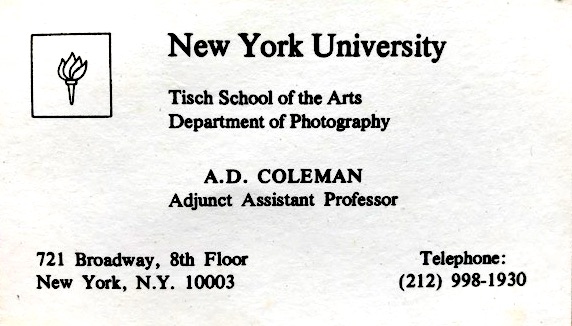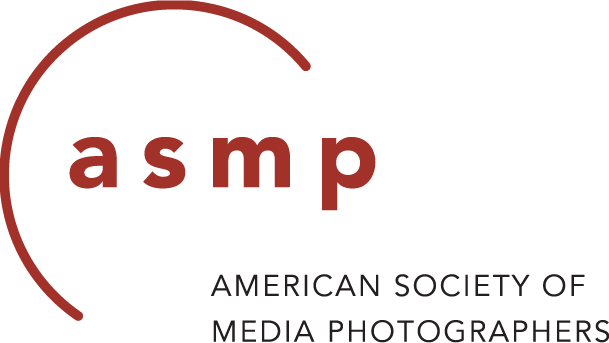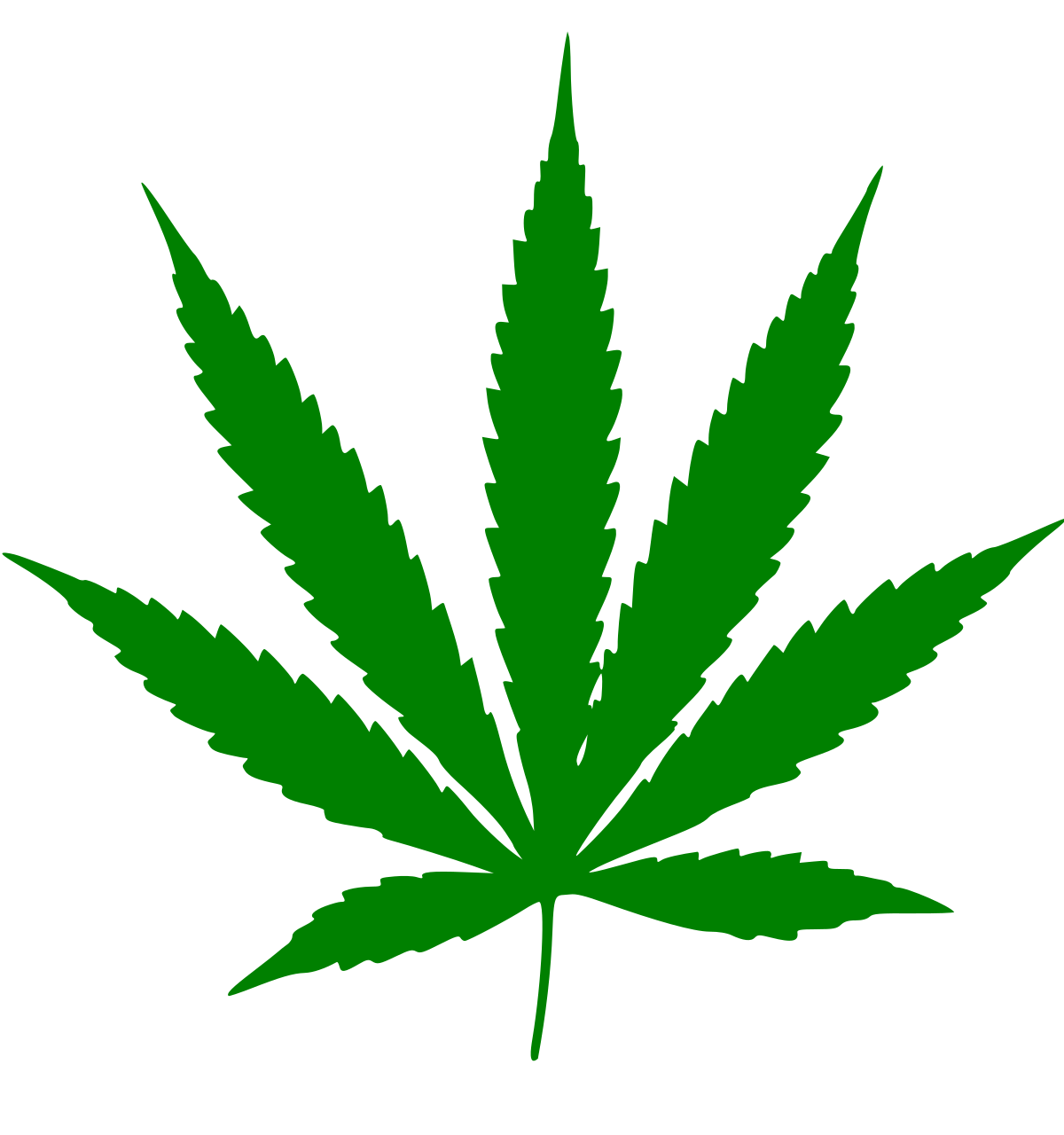Just had my second Moderna shot yesterday, so in two or three weeks I should be 90 percent immune, or something like that. Hope you are all well and thriving and staying safe. And getting vaccinated!
•
As of this date I have been in Manhattan exactly once over the past year — back in December, for some necessary dental work. I was in that borough for about 4 hours.
Even when I did my graduate work in San Francisco I came back home once a year over the summer and spent weeks in Manhattan. I’m not a Manhattanite now, and — save for a brief return from 1972-74, when I lived in Alphabet City on the Lower East Side — haven’t been since I moved to Staten Island in late 1967. But this is my longest time away from that borough since my family expatriated to France and England back in 1951, not returning till late 1953.
•
Sometime in 1959 (as I dimly recall) I smoked my first joint and, not long thereafter, with heart pounding at the huge illegality of my action, bought my first nickel bag of marijuana from a casual acquaintance, on Macdougal Alley, out behind the recently opened Fat Black Pussycat coffeehouse that fronted on Macdougal Street in the heart of Greenwich Village. Though I wouldn’t have considered myself a stoner, I indulged from then on, occasionally to begin with and then more often.
Smoking dope was not yet a regular and commonplace activity in my social circles, though it rapidly became so as the Sixties began. And then it became chic. The first time I was at a party where drugs were offered around on trays (including rolled joints and assorted pills) was in summer 1965, in Holy Modal Rounders violinist and singer Peter Stampfel’s Lenox Hill high-rise apartment in midtown east Manhattan.
Sometime that evening, when all present — about a dozen of us — were already ripped and sitting around a long glass coffee table, a man in a flamboyant cape entered, unwrapped a giant hookah, filled the bowl with hash, got it going and passed the tip around. I took two tokes, coughed my lungs out, slowly tilted sideways and woke up the next morning on the long sectional couch along with a dozen other people. Peter’s mother was making pancakes for the groggy crew.
Somewhere around 1980 I stopped doing any kind of drugs. Nothing principled about it; I just stopped enjoying the experiences. Now, more than half a century later, pot has finally become legal in the state of New York. Maybe I’ll give it another whirl.
•
The Benefits of Not Doing Things
Scientific support for what I had always thought of as one of my bad habits grows steadily. Last July I pointed my readers toward a New York Times report on a recent study of the behavior we commonly call procrastination. (Click here and scroll down to “I Needed to Know This.”) Now comes “Why procrastination can help fuel creativity,” by Loizos Heracleous and David Robson, published at the BBC website on March 31, 2021. So, if you share this proclivity of mine, I suggest you stop whatever you’re doing and read it.
•
![]() Three years ago I quoted and commented on a Mac Edition radio report concerning a nationwide pixel-recyling program sponsored by the renowned Electronic Frontier Foundation (EFF). A few weeks back, the same source published “News – EFF ‘Recycle Important Data Initiative (RiD) 2021’ to be Implemented Nationwide.” According to Nancy Burlan & Harris Fogel, the EFF has announced
Three years ago I quoted and commented on a Mac Edition radio report concerning a nationwide pixel-recyling program sponsored by the renowned Electronic Frontier Foundation (EFF). A few weeks back, the same source published “News – EFF ‘Recycle Important Data Initiative (RiD) 2021’ to be Implemented Nationwide.” According to Nancy Burlan & Harris Fogel, the EFF has announced
“… a new unprecedented initiative to rid the planet of important but unnecessary data. Recycle Important Data (RiD) 2021 is the solution to an urgent and vexing environmental challenge: pesky self-important data that doesn’t need to exist and should be recycled to make room for the next decade of seemingly important data. These unwanted bits are creating a visual and spiritual degradation of important natural environments threatening habitats, fauna, and flora.”
Worth a read. (Full disclosure: I have been an occasional contributor to MER, and had some input into this article.)
•
A Doctor in the (White) House
A point that got lost during the bizarre attempt by the December 2020 Wall Street Journal to delegitimatize incoming First Lady Dr. Jill Biden even before she assumed that office: In academe, the prefixes Dr. and Prof. represent two entirely different forms of ranking, not at all interchangeable.
Professor and its variations — adjunct professor, assistant professor, associate professor, professor, professor emeritus — represent status conferred by the particular institution within which one teaches. As a rule, one begins at the bottom of this ladder (adjunct, which means part-time/limited-term) and works one’s way up. Because this title is institution-specific, it is not automatically transportable — meaning that achieving the classification of associate professor at one school does not mean that if you change schools you necessarily have the same position as the next.
 Even after achieving a doctorate in your field, for example, you could lose a full professorship at a university due to some revamping of your department and end up as a mere adjunct professor at another. (Full disclosure: The highest rank I attained in the post-secondary system was Adjunct Assistant Professor in the Department of Photography, Tisch School of the Arts, New York University. Though I pursued doctoral-level studies in a different division of N.Y.U. during those years, I never completed my coursework or thesis, and thus never earned the right to use Dr. as a prefix or PhD as a suffix.)
Even after achieving a doctorate in your field, for example, you could lose a full professorship at a university due to some revamping of your department and end up as a mere adjunct professor at another. (Full disclosure: The highest rank I attained in the post-secondary system was Adjunct Assistant Professor in the Department of Photography, Tisch School of the Arts, New York University. Though I pursued doctoral-level studies in a different division of N.Y.U. during those years, I never completed my coursework or thesis, and thus never earned the right to use Dr. as a prefix or PhD as a suffix.)
Also, if one stops teaching post-secondary for any reason other than reaching the age of retirement — for example, to change careers and become a cabinet maker — one immediately loses that status. Technically speaking, you can become an unemployed college-level English teacher but not an out-of-work English Lit. professor.
Doctor has variations that specify one’s field (from Doctor of Divinity to Doctor of Dental Surgery), but not rankings of degree. One either has a doctorate in one’s field or one doesn’t. It signifies a status conferred on one by specialists in that field at a particular institution where one has not only studied that subject at length but passed an oral exam on the subject conducted by experts and made a contribution (however minor and even negligible) to the field’s literature by submitting an acceptable written thesis based on research.
The earned doctorate is transportable, and not based on employment. However, it definitely has employment consequences. In all academic fields, one’s academic degree affects and even determines eligibility for both teaching positions and administrative slots; promotion and tenure depend heavily on whether one has or has not earned whatever the particular discipline considers a “terminal” degree, meaning the highest degree attainable in that field. (E.g., the PhD in scholarly subjects, the MFA in the visual and performing arts, etc.) Colleges, universities, and other post-secondary institutions use it in identifying faculty members in their catalog bios, course descriptions, and related publicity.
![]() This represents standard practice at not only four-year colleges and universities but polytechnic institutes, art institutes, and yes, even community colleges, whose implicit disparagement by the WSJ and Joseph Epstein has a clear class and race bias. And — at least in schools old-fashioned enough that faculty and students do not operate on a first-name basis — it commonly gets used as the prefix for the teacher’s name in classroom discourse.
This represents standard practice at not only four-year colleges and universities but polytechnic institutes, art institutes, and yes, even community colleges, whose implicit disparagement by the WSJ and Joseph Epstein has a clear class and race bias. And — at least in schools old-fashioned enough that faculty and students do not operate on a first-name basis — it commonly gets used as the prefix for the teacher’s name in classroom discourse.
(Sidebar: The honorary doctorate, awarded by some institutions, recognizes professional and/or public-service accomplishment and contribution to one’s field, normally well beyond what we might expect someone with an institutional platform in academe to generate. Those unstudied individuals, usually not active themselves in the academic environment, rarely add this prefix to their names, and for good reason; what would we make of Dr. Bob Dylan? The late Maya Angelou proved an exception, and Mark Oppenheimer’s May 29, 2014 challenge to her for doing so does not disqualify itself as cogent merely by its appearance in the right-wing journal The New Republic.)
In any case, Jill Biden earned her degree the old-fashioned way and will have the right to call herself and be referred to as Dr. Biden wherever she goes and wherever she teaches, and even regardless of whether she remains in the field of education or decides (as the WSJ and Joseph Epstein, author of that polemic, would clearly prefer) to put on an apron and bake cookies for next year’s White House Easter egg hunt.
•
#MeToo comes for Magnum
Back in the territory of photography, I encourage you to read “Magnum’s moment of reckoning,” a special report by Kristen Chick published on December 21, 2020 in the Columbia Journalism Review, and its predecessor by the same author, “CJR Special Report: Photojournalism’s moment of reckoning,” published on July 16, 2018. You’ll find the author’s website here.
 To the best of my knowledge, we haven’t (yet) had many public sexual harassment situations involving photography-specific organizations and institutions — that is, accusations that such activity permeates the culture of a multi-person corporation or other formal entity. The few of which I’m aware have involved individual instances of bad behavior, such as the case of Thomas Roma at Columbia University. But I don’t consider myself fully informed on this subject, by any means, so this scrutiny of Magnum is likely just the tip of the iceberg in the profession of photojournalism and the wider field of photography as a whole.
To the best of my knowledge, we haven’t (yet) had many public sexual harassment situations involving photography-specific organizations and institutions — that is, accusations that such activity permeates the culture of a multi-person corporation or other formal entity. The few of which I’m aware have involved individual instances of bad behavior, such as the case of Thomas Roma at Columbia University. But I don’t consider myself fully informed on this subject, by any means, so this scrutiny of Magnum is likely just the tip of the iceberg in the profession of photojournalism and the wider field of photography as a whole.
From personal experience I can testify that post-secondary photo education will likely prove particularly vulnerable in this regard. By the mid-’70s, when I’d been working as a critic for some years, including teaching stints at several schools and short-term visiting-lecturer passages at others, I’d become aware that teacher-student sexual relationships — mostly, but not exclusively, male teachers and female students — happened so frequently in photo departments that no one thought twice about them.
Sometime around then, 1975 or so, after I’d become a member of the Society for Photographic Education, I found myself jammed into a car with a handful of other photo teachers at an SPE conference somewhere. The subject of sleeping with students came up, and several passengers relayed tales of their experiences. During a pause, I said, “I’ve never slept with a student.” The group fell silent, looking at me as they would have stared at a Martian. Then they changed the subject.
 I didn’t say it disapprovingly, or judgmentally. I simply stated it as a fact. It resulted not primarily from an ethical position (though of course that factored in) but from a practical, pedagogical one. It’s almost impossible to keep such a relationship secret within a social group like the members of an academic department. Even if you do, that energy vibrates between the lovers themselves.
I didn’t say it disapprovingly, or judgmentally. I simply stated it as a fact. It resulted not primarily from an ethical position (though of course that factored in) but from a practical, pedagogical one. It’s almost impossible to keep such a relationship secret within a social group like the members of an academic department. Even if you do, that energy vibrates between the lovers themselves.
I find the psychodynamics of the classroom, and the department in which it exists, complex enough to navigate. I didn’t want that energy charging my teaching environment. Or my workplace. For the same reason — though I’ve had students, and colleagues, whom I found attractive, and some who gave indications that they found me attractive as well — I’ve never had even a passing affair with a teacher or administrator in any department in which I’ve ever taught. “Don’t dip your pen in office ink” sank in as wisdom early on.
In addition to more recent cases, I know of photo faculty who got fired or forced into early retirement for those reasons well before #MeToo began. And I know of others who dodged that bullet but, given that there’s no statute of limitations on accusations of sexual harassment, must wonder if (forgive the mixed locutions) what they think of as their past peccadilloes may yet jump up and bite them in the ass.
•
Unfair Use
 Herewith a shout-out to photographer Lynn Goldsmith, who won an extremely important battle over copyright issues and “fair use” that will serve as a precedent in many ongoing and future cases. See “Lynn Goldsmith Prevails Over Andy Warhol Foundation in Fair Use Battle; ASMP Leads the Way with Amicus Brief,” by Thomas Maddrey, published on March 30, 2021 at the ASMP website. Congratulations also to the ASMP for its pivotal role in this victory.
Herewith a shout-out to photographer Lynn Goldsmith, who won an extremely important battle over copyright issues and “fair use” that will serve as a precedent in many ongoing and future cases. See “Lynn Goldsmith Prevails Over Andy Warhol Foundation in Fair Use Battle; ASMP Leads the Way with Amicus Brief,” by Thomas Maddrey, published on March 30, 2021 at the ASMP website. Congratulations also to the ASMP for its pivotal role in this victory.
In my experience — which includes not only tracking violations of photographers’ copyrights for 50 years but serving as an expert witness in several cases — the courts have far too often come down on the side of copyright infringers, usually through overbroad interpretations of the “fair use” exception to the copyright law. Those empowered by this leniency include serial infringers like Warhol and Richard Prince. In my opinion (and I’m not a lawyer), this court got it right this time.
•
This post supported by a donation from Arthur Ollman.
•
 Special offer: If you want me to either continue pursuing a particular subject or give you a break and (for one post) write on a topic — my choice — other than the current main story, make a donation of $50 via the PayPal widget below, indicating your preference in a note accompanying your donation. I’ll credit you as that new post’s sponsor, and link to a website of your choosing.
Special offer: If you want me to either continue pursuing a particular subject or give you a break and (for one post) write on a topic — my choice — other than the current main story, make a donation of $50 via the PayPal widget below, indicating your preference in a note accompanying your donation. I’ll credit you as that new post’s sponsor, and link to a website of your choosing.
And, as a bonus, I’ll send you a signed copy of my new book, poetic license / poetic justice — published under my full name, Allan Douglass Coleman, which I use for my creative writing.








1. Kristen Chick’s report on the casual attitude of sexual harassment at Magnum and its owners is horrific, but not surprising. After all, it is the organization whose founding cornerstone was the fame and lies about Robert Capa, who played fast and loose with the truth.
2. Regarding getting rid of excess bytes and pixels, check out the Information Overload Society, founded and run by Nathan Zeldes of Israel.